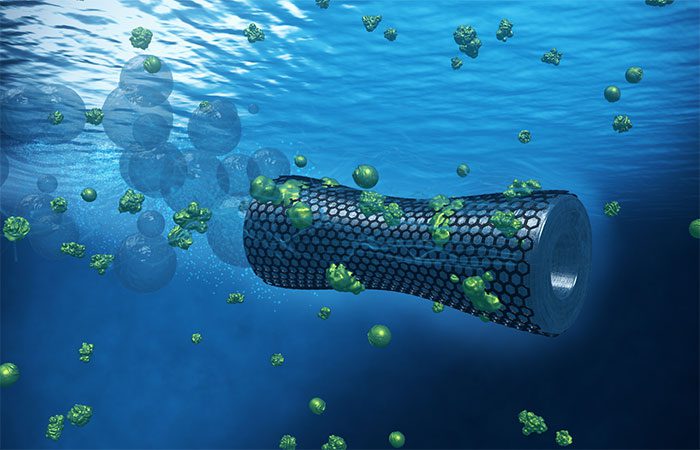Scientists have developed a swimming robot that operates without batteries, capable of detecting pollutants and pathogens in confined spaces.

The data collected by the robot will be transmitted to nearby smartphones via near-field communication.
A research report published in the journal Science Advances on January 10 describes this as a small mobile electronic system operated through external radio frequency signals.
This arrow-shaped device can navigate through narrow, hard-to-reach pipes to assess temperature, detect, and quantify chemicals such as chloride, ammonia, and the SARS-CoV-2 virus present in water environments.
In this study, scientists attached magnets and coils to flexible tails that oscillate when the antenna receives electromagnetic frequencies, allowing the tail to move up and down to propel the device forward, similar to a dolphin.
The research team also incorporated specific electrodes to detect chloride and ammonia ions in water with high accuracy, while adding a modified graphene layer with antibodies onto another electrode to capture SARS-CoV-2 virus particles.
Scientist Yu Xinge, the author of the report, stated: “This wireless intelligent system shows great potential in exploring confined spaces, from pathogen detection to investigating pollution levels.”



















































